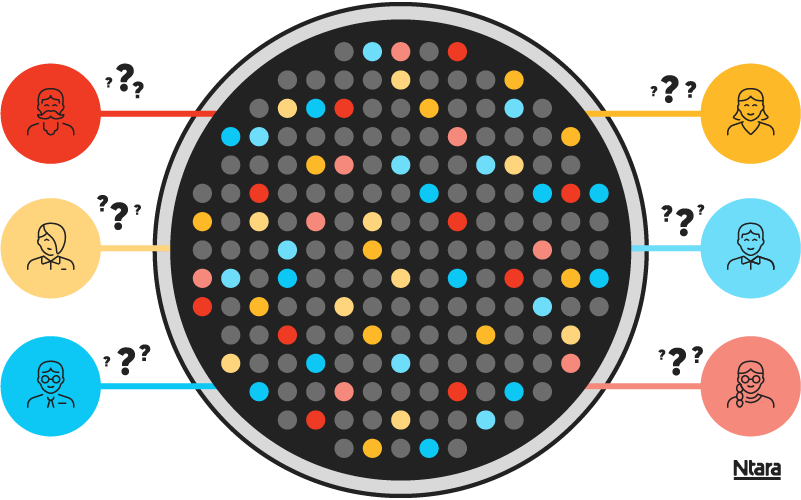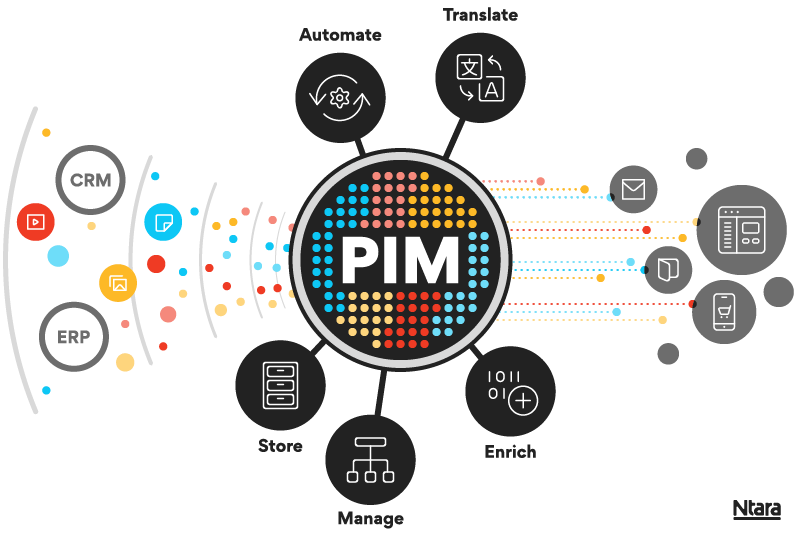Tool manufacturer improves PIM adoption with updated data model


The challenge
Renowned in its industry, this manufacturer produces an extensive line of power tools, hand tools, and worksite solutions. Their product quality and rapid innovation sets them apart. In fact, their target timeline for new product development is already incredibly rapid, at six months or less.
With so many products, categories, and attributes to manage, the company needed a single view of their data. They wisely selected the digital-first Inriver PIM software. Yet their original implementation partner failed to deliver on its promises.
After 1.5 years of time and investment, the results lagged. The partner didn’t correctly configure the PIM software, leading to low user adoption. In one stakeholder survey, participants scored the PIM an average of 4 out of 10. They struggled to locate and use their data due to tedious processes and a poor user experience.
The manufacturer needed a change, so they turned to Ntara.
Our approach
Flexibility and customization are fantastic Inriver features — but you must get the data model right. If it’s too complex, you’ll miss the mark with business users. In this case, we helped the manufacturer find its sweet spot between perfectly organized data and easy, efficient user enrichment.
For example, they had a beautiful yet complex PIM data model for packaging data. Its multi-layered structure worked in theory. But when deadlines are tight, no one wants to click down a rabbit hole of data.
By analyzing their requirements and reorganizing hierarchies, we eliminated those extra clicks. Users can now access data directly from the SKU, with options to dive deeper when needed.
Our clean-up efforts continued by replacing an out-of-the-box feature not fit for their needs. We swapped out “specifications” for “field sets” to handle attribute groups. With field sets, they maintained the ability to establish a unit of measure for each attribute, plus the added flexibility of importing/exporting data — previously a major gap.


Gaining time and data consistency
As the project continued, we found more time-saving opportunities. By consolidating product specifications, we reduced 12,000 attributes to just 2,500. We also trimmed attribute groupings by nearly half. With less system noise, the PIM performs at its best, and users can pull reports faster than ever.
The manufacturer also loves a new feature library that we created to save time and improve data consistency. The library offers feature descriptions approved by the product team. Using a custom HTML interface, users can easily search for existing features, then drag and drop them into their product descriptions.
Automated reports are also a game-changer. Previously, the PIM administrator spent one to two days each week generating reports on enrichment status. Now, each user receives an automated report showing what’s due and when. And the administrator gets back hundreds of hours to focus on higher-value tasks.
Training the trainers
The manufacturer was thrilled with the improvements — but they didn’t want to lose momentum due to employee promotion or turnover. They needed an easy system for PIM software onboarding and monitoring data processes.
With hundreds of people using the system, ‘training the trainers’ is an effective and scalable way to keep the wheels in motion. We helped them establish an effective marshaling strategy for how to train and get work done.
This manufacturing client also invited Ntara to serve on their data governance committee. Today, we join their weekly meetings to help drive their governance efforts forward.

Final result
This company prides itself on speed to market and constant innovation. Now, chasing data does not slow them down. Workflow and completeness rules—tied to key launch dates—help users keep pace with the product lifecycle.
Seamless integration plays another essential role. Gone are the days of manually entering the same data across disparate systems. Inbound integrations with Microsoft Dynamics AX via MuleSoft help ensure a single, consistent, and accurate data view.
Their ability to sell on the digital shelf has also improved. A one-time Syndigo import helped backfill any missing product data, ensuring they have complete product content. In addition, outbound syndication to the company’s brochure website via Sitecore helps power online product launches.

The future is bright
With complexity and confusion gone, these PIM software super users are ready to get even more value out of their PIM software. Next up, they hope to streamline imagery through improving their digital asset management (DAM) integration. Translations are another opportunity. By leveraging a single vendor and translating product data directly from PIM, every team can benefit from a single source for translated data and shared cost.
Ultimately, PIM software is core to the company’s ecosystem. A data model that once held them back now enables them to innovate efficiently and bring products to market at a rapid pace.
By the numbers
78.3%
reduction in number of fields
416+
hours saved yearly through automation
50%
reduction in attribute groupings
This project illustrates the value of aligning your PIM data model with your business and user needs. With a tailored approach, the manufacturer found its sweet spot between beautifully organized data and an easy, intuitive user experience.
Ready to discuss PIM software?
If you’re ready to standardize your data model to meet the needs of your customers and business, let’s talk.
